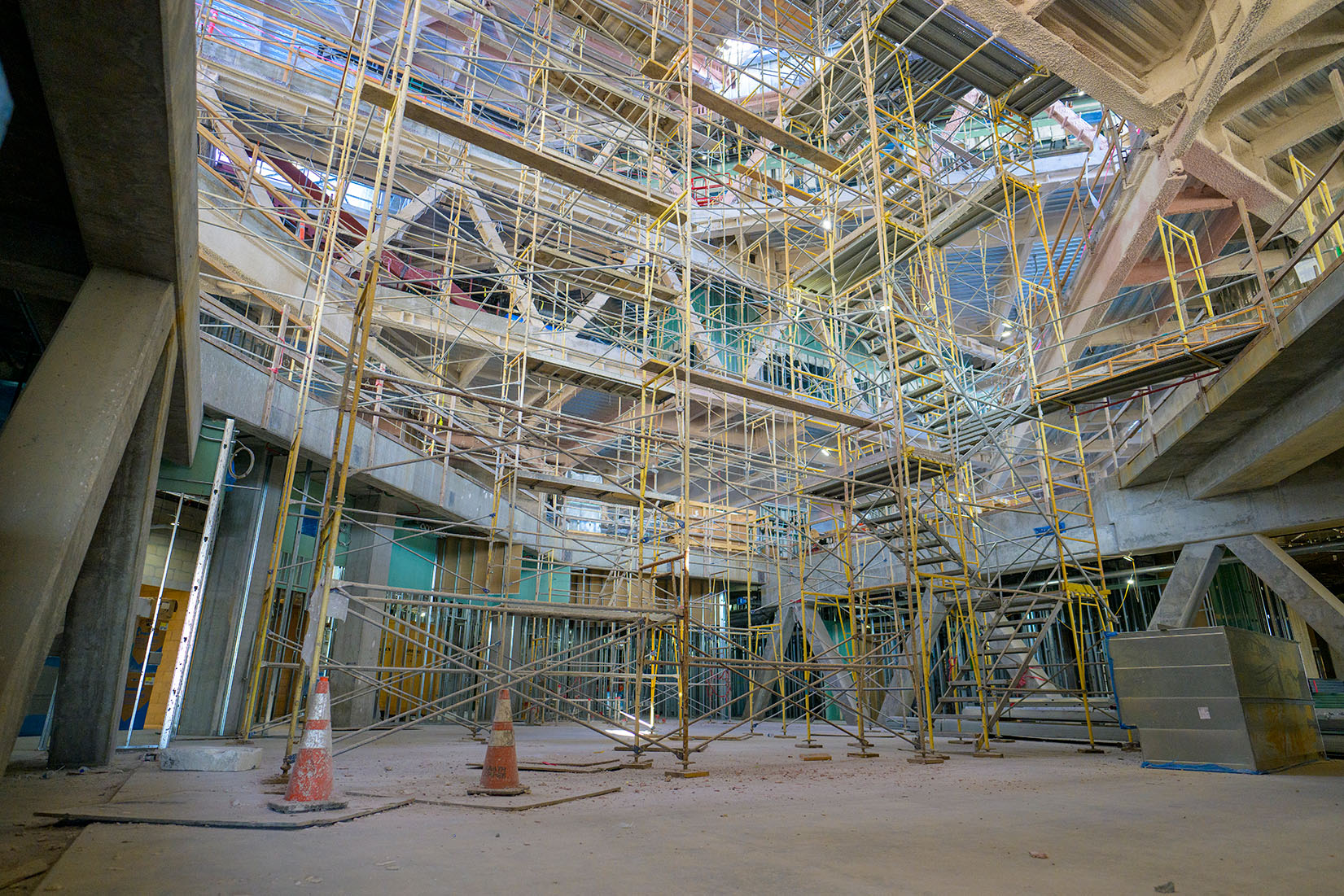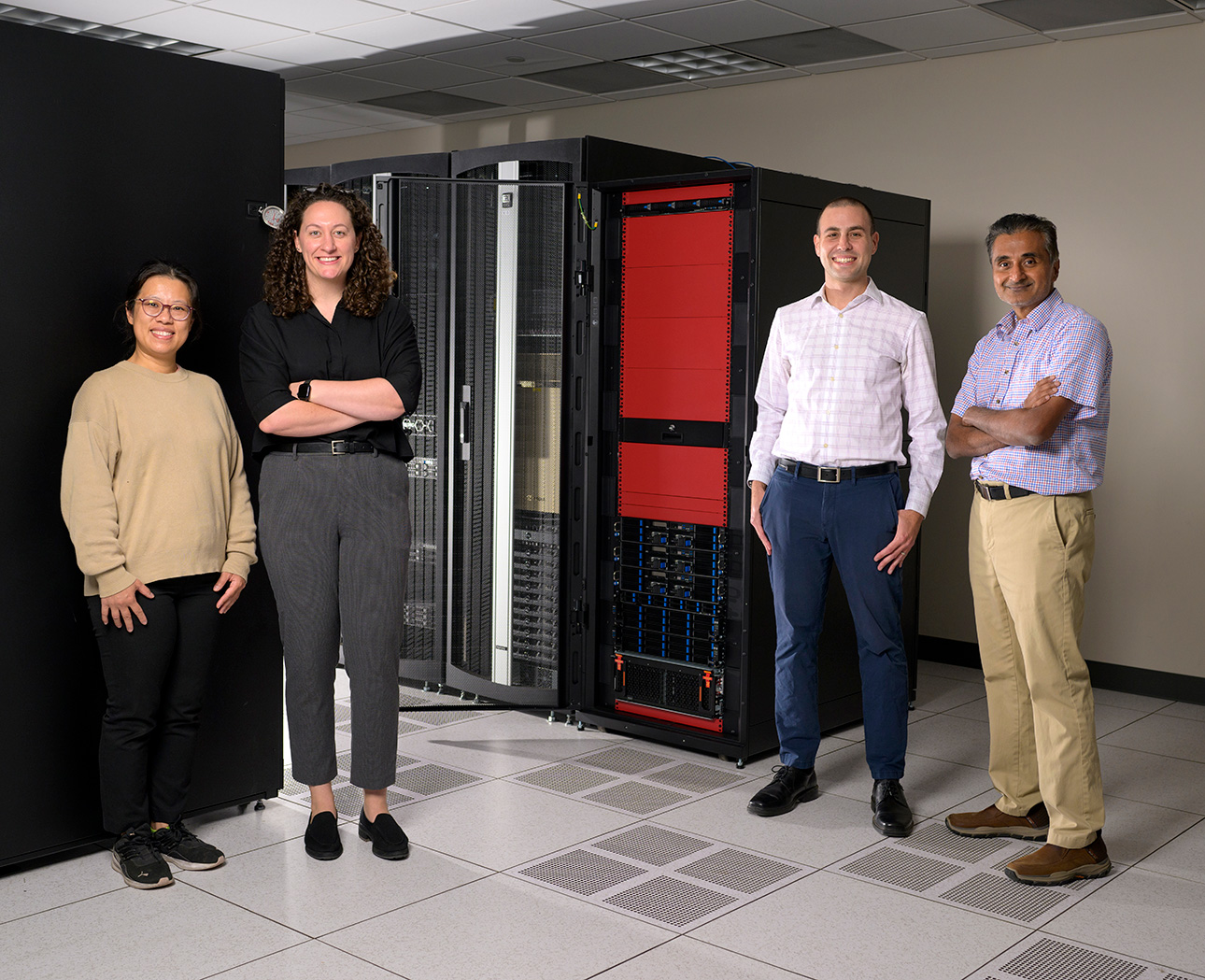The start of the 2025-26 academic year will be historic for CMC. This summer, the Robert Day Sciences Center—the College’s iconic new BIG-Bjarke-Ingels Group designed building and home to the Kravis Department of Integrated Sciences—will open before its grand unveiling to students returning for the fall semester, and later, community members at a special public event on Sept. 26.
As CMC moves closer to realizing the full impact of its bold integrated sciences vision, we spoke with President Hiram Chodosh about the decision points, planning, and momentum that led to this important moment in CMC’s accelerating trajectory.
He began the interview by giving credit to the “epic leadership and teamwork” of the Board of Trustees, the President’s Executive Cabinet, the entire staff of the College, and the Advisory Council for the project; the “unrivaled, record-breaking generosity” of CMC’s donors; the “insightful feedback and creative ideas” of hundreds of students and alumni; and the “unparalleled brilliance” of CMC’s entire faculty, including our founding and new faculty in this “revolutionary” program, who brought the “triple threat” of “research brilliance, student-centricity, and start-up ethos to design and launch the Kravis Department of Integrated Sciences.”




